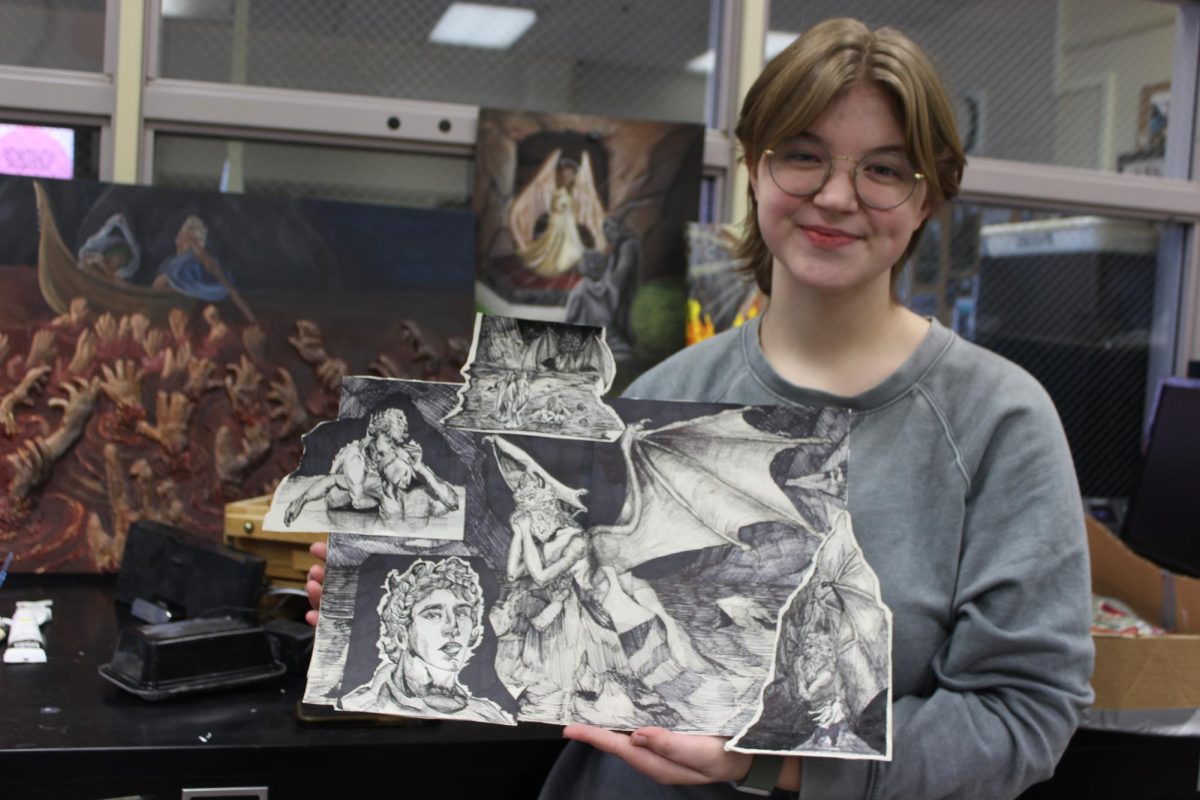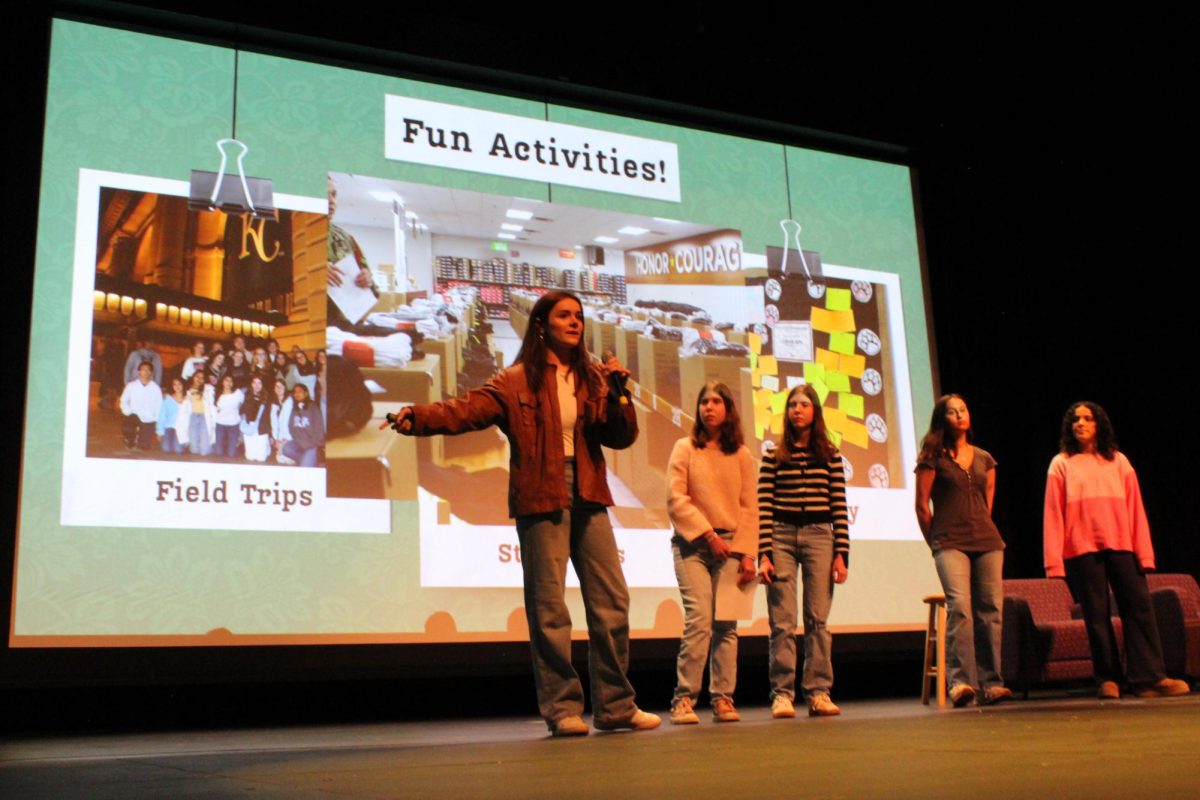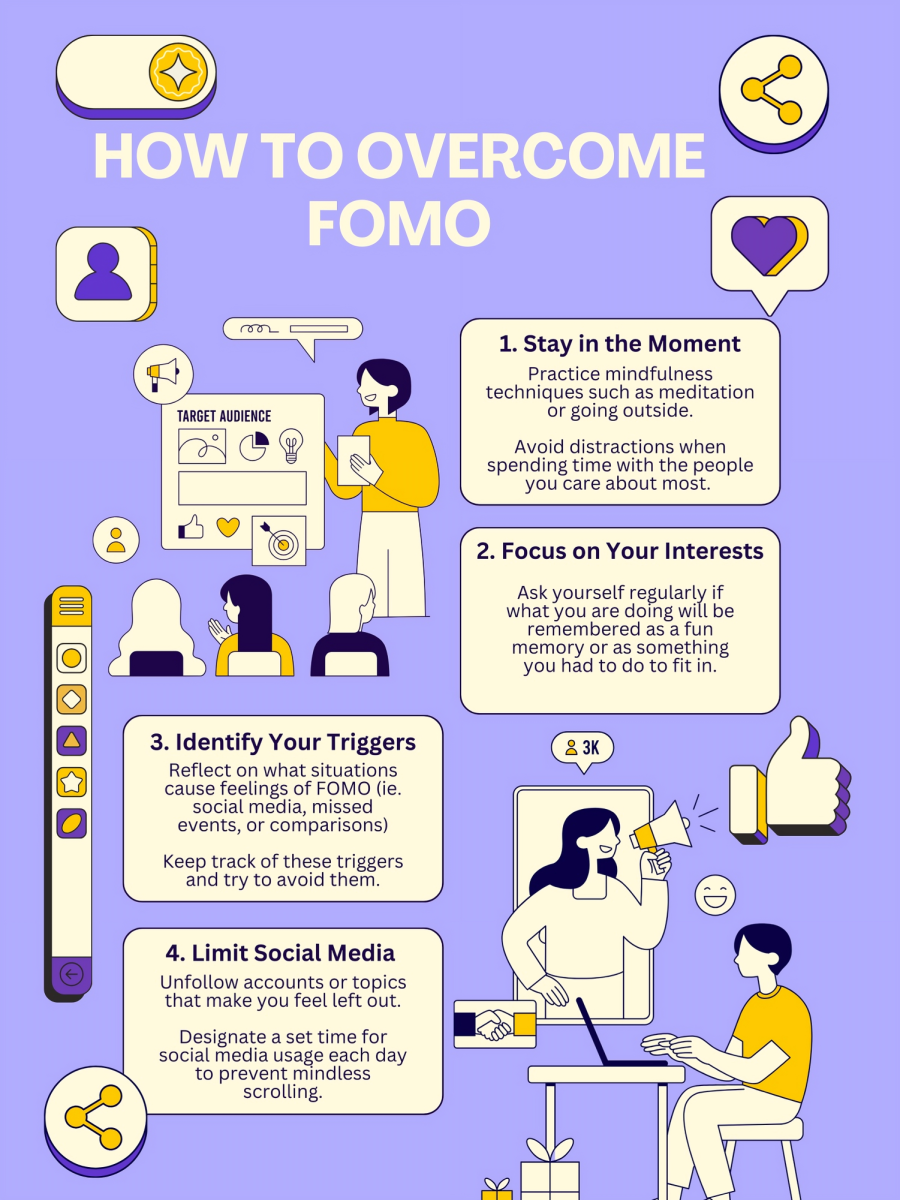
Countless teenagers are guilty of doing stupid things. A few examples of these things were given and labeled as “teenius” (teen genius) in an article last year on Kidspot, a website for parenting tips. One example was about a teen who recorded a video of him driving recklessly, weaving in and out of traffic, which caused him to hit a few cars. While he was in the hospital, recovering from his injuries from the car crash, this teen posted the video on YouTube, labeling it “Me Driving like an Idiot.” That gave the police enough evidence to charge him for his crimes.
A different teen got a McDonald’s receipt tattooed to his arm, “becoming an internet sensation for his bad decision,” according to Kidspot. A week later, he got his receipt from his McDonald tattoo tattooed to his other arm.
LHS also has some interesting “teenius” stories. Mrs. Rhoda Drije, science teacher, told a story about someone in one of her classes a few years ago.
“I had a kid in here, a freshman boy, he took a pair of dissecting scissors, which are pointy, and he stuck it in the outlet in the wall, and the scissors flew across the room, missed another kid by this much. And they’re pointy, so if it hit the kid in the eye or something…” she said. “That day I went ballistic. But he didn’t know what would happen; he just wanted to see what would happen when you put metal into an electrical outlet.”
Another story was told by Mr. Sean Ferrell, a dean here at LHS.
“We had a student leaving school, who had been riding on the front hood of a car, driven by another student, all the way out, and they stopped right at the stoplight and there was a semi coming down 176 and it was not a safe thing, and luckily, nothing happened, but it was one of those ‘What if?’ situations. I feared for his safety.”
So why do teenagers do stupid things?
“I don’t think it’s just teenagers. I think all of those apply to even adults. Even adults do that, which you would hope that they would learn by now,” said Mr. Bill Mix, a social studies teacher.
Mrs. Drije added, “Partly, because they’re teenagers, they’re not completely formed, mentally and physically, and partly, they like to screw around and get attention from other people.”
To give an even more scientific definition, Dr. Justin Coulson stated in the Kidspot article, that “adolescents take risks because they are highly responsive to emotion and the promise of reward (thanks to limbic system development), and because they are still in their infancy in terms of planning ahead, evaluating risk, and weighing potentially harmful consequences (thanks to an under-developed prefrontal cortex). As a consequence, they take risks because they think they’re invulnerable – they either fail to see the risk, or consider the reward to be worth the risk.”
Other stupid things teenagers have tried are the cinnamon, eraser, and the salt and ice challenges. According to CBS News and The American Association of Poison Control Centers, “about 88% of phone calls in the first three months of 2012 to the nation’s poison control centers were related to the ‘cinnamon challenge.’ The number is already up more than 240 percent from the whole of 2011. Although only 25 percent of those calling needed hospital attention, the challenge can be especially dangerous for those with breathing problems like asthma or chronic obstructive pulmonary disease…” 50,000 videos of the cinnamon challenge have been posted to YouTube, encouraging other teens to attempt it.
“I think the more people that view it, the more likely you’re going to find someone who believes that doing the salt and ice challenge is a sign of strength. I would say that the person who could resist all those social pressures would be, in my world, the stronger person than someone who conforms, just to have the approval of some others.” Mr. Mix commented.
Mr. Ferrell added, “I think that technology, especially for kids and for people in this day and age, it makes things more readily available, like in the moment. For example, kids are able to access videos or other images through social media, through the internet, so it makes it more visible, things are in kids’ faces more that they were ten years ago. But to me, that it doesn’t necessarily excuse the decision but can contribute to it.”





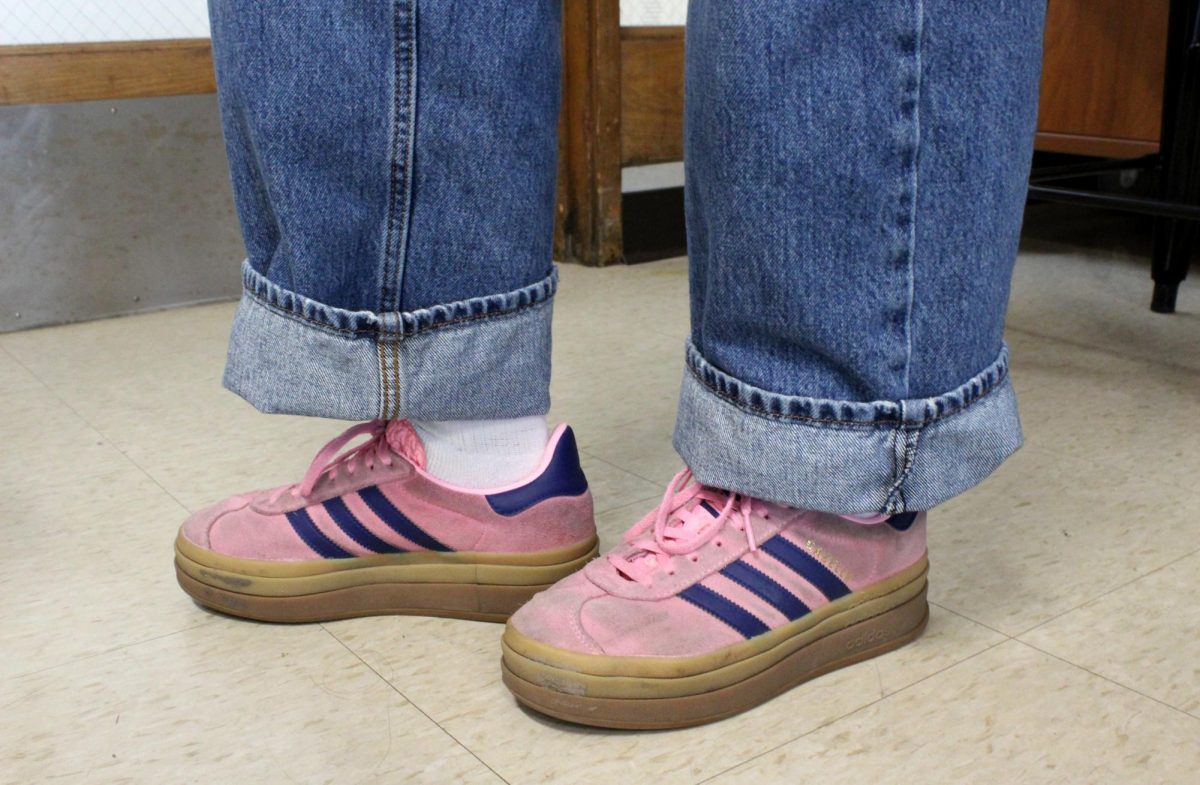
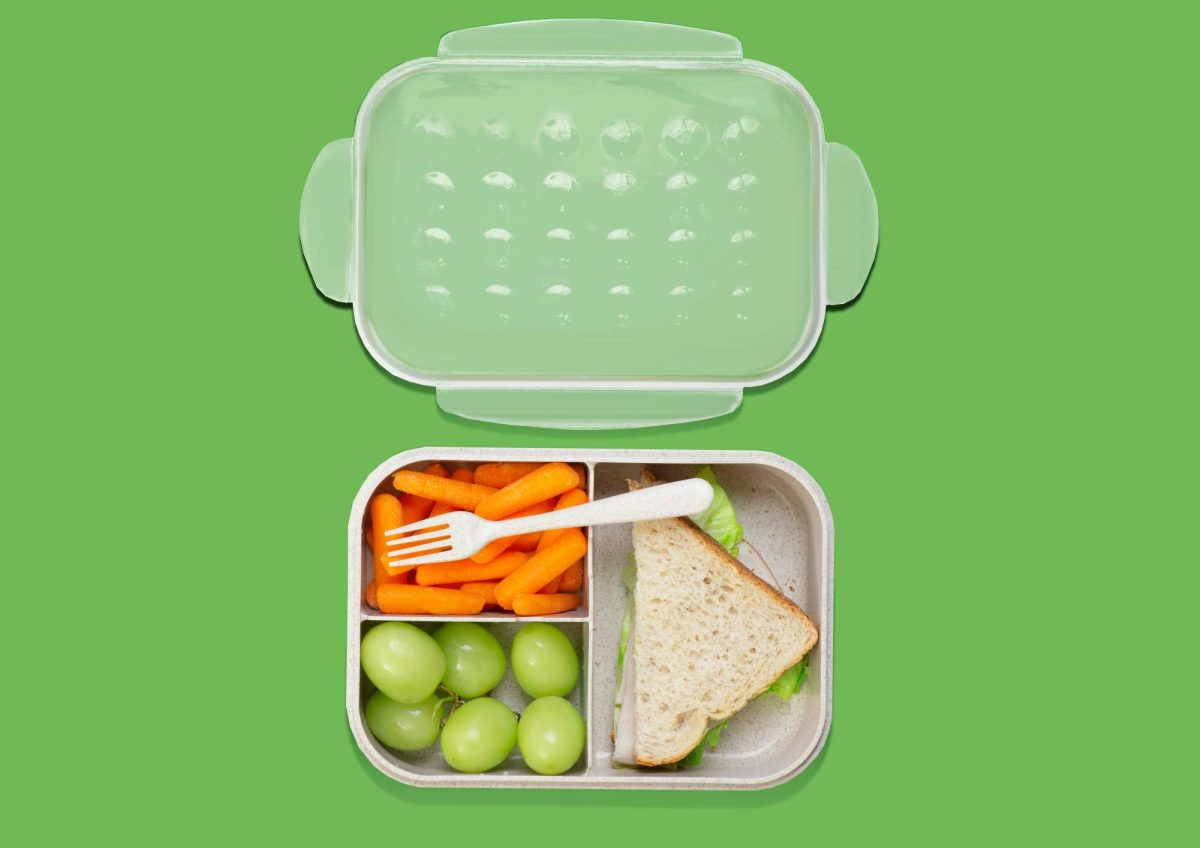
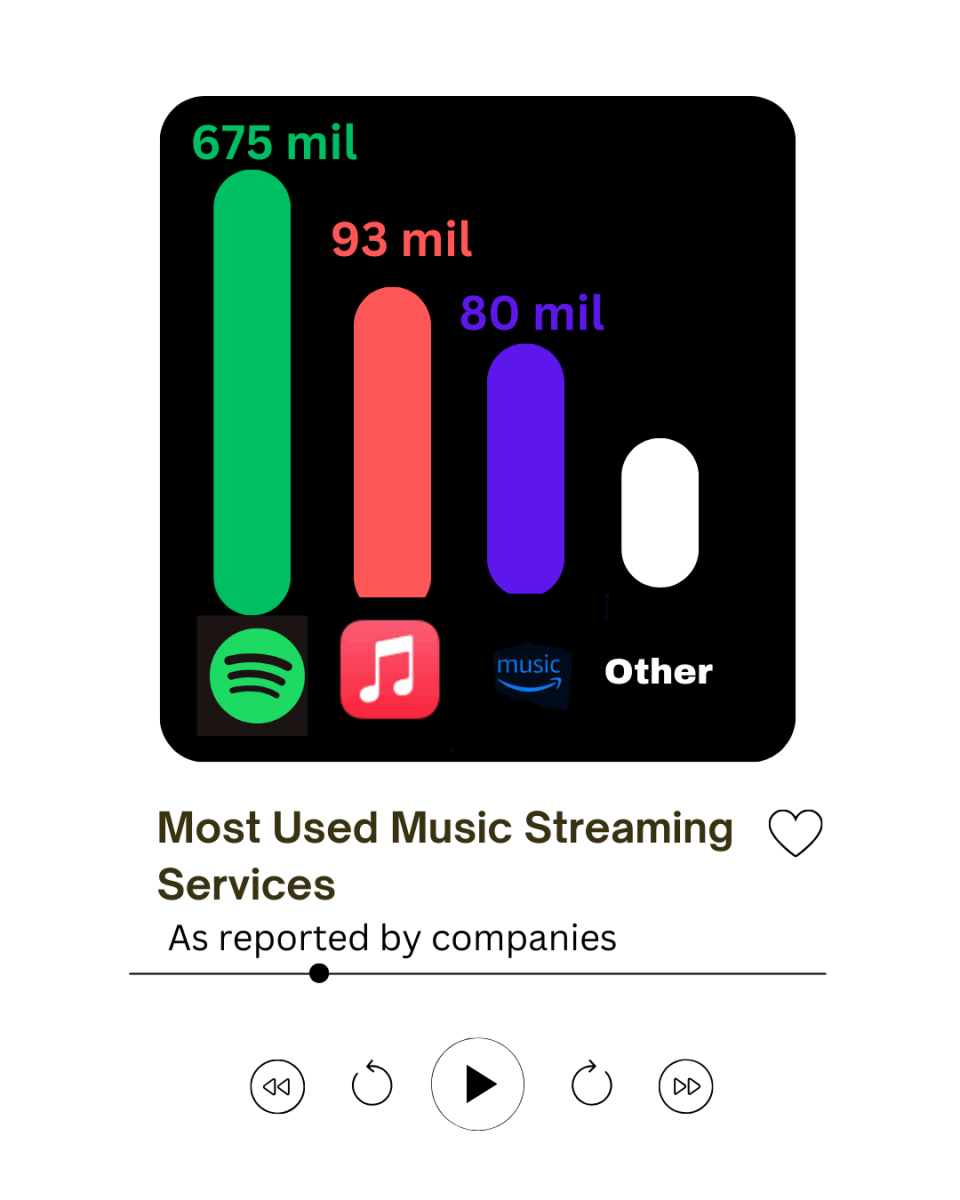
![Senior River Thompson joins the Jazz Ensemble by singing “That Old Black Magic” by Mercer and Arlen Arr. Mark Taylor, along with senior Annie Brody on guitar and junior Thomas Teixeira on bass, earning big applause. “[The concert had] great energy because it's the last [jazz concert] of the year,” Brody said.](https://www.lhsdoi.com/wp-content/uploads/2025/04/Eight-That-Old-Black-Magic-1200x800.jpg)
![Mr. Abullh Ali, manager/assistant, helps open Queen Yemeni Coffee in downtown Libertyville at 606 North Milwaukee Ave. With the help of employees such as manager and LHS senior Yousef Taha, they are able to bring the Yemeni and Ethiopian culture to Libertyville by using their Queen spices, cinnamon and cardamom in their drinks such as Adani Chai, which is inspired by Sheda, the Queen of Yemen and Ethiopia. “The history of our coffee [is] a long history and we believe that Yemen and Ethiopia started the coffee and we are bringing something unique to the community,” Mr. Ali said.](https://www.lhsdoi.com/wp-content/uploads/2025/04/Photo-1-1200x800.jpg)
